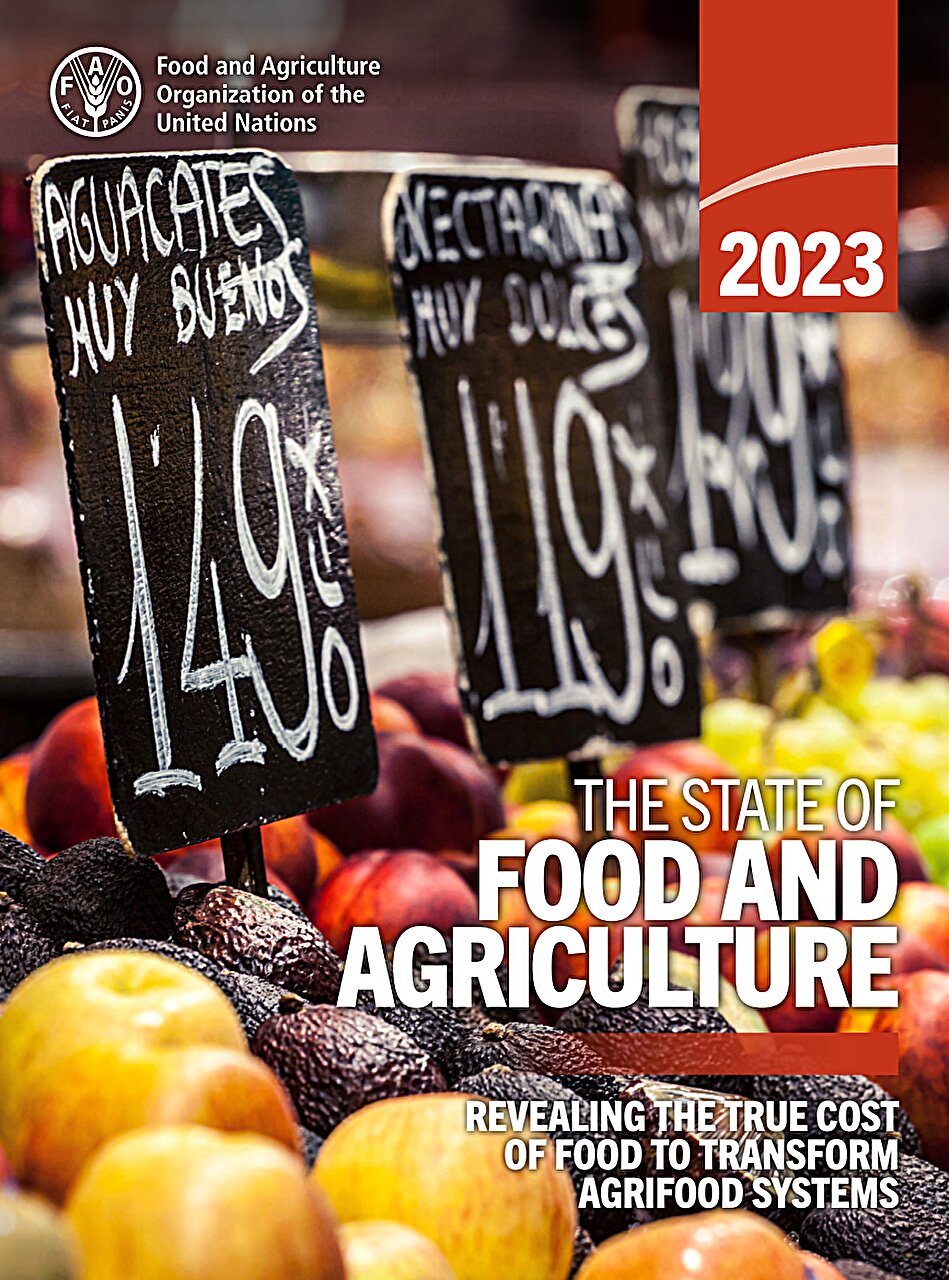Hidden environmental, social and health costs of agrifood systems were as much as $12 trillion globally in 2020, according to new research from the United Nations Food and Agriculture Organization (FAO), based on analysis by Oxford’s Dr. Steven Lord.
Dr. Lord, a senior researcher in food system economics with Oxford’s Environmental Change Institute, found nearly 75% of the hidden costs were associated with poor dietary patterns that lead to obesity and lifestyle diseases—which, in turn, will lead to near-term and long-term productivity losses. This was particularly stark in high-income countries. Unhealthy dietary patterns represented more than 80% of the hidden costs in wealthier nations. But poverty, climate and water were the main factors in many low-income countries, where poverty and undernourishment remains the priority.
Social costs, including poverty, accounted for 4% of the total hidden losses. Meanwhile, the hidden environmental cost of the agrifood systems was 20%, according to Dr. Lord’s analysis. This includes GHG emissions, air pollution and water pollution from nitrogen surplus, and land degradation, as consequences of economic activity in agrifood systems.
Dr. Lord noted, “12 trillion is about 33 billion 2020 PPP dollars per day, which is equivalent to a June 2022 Pakistan flood every day or a September 2022 Hurricane Ian every four days. Left unchecked, the hidden costs generated by agrifood systems activities will depress future growth and development. Agrifood systems are borrowing from the future for profits today by not decoupling value production from the increasing economic risk of their impacts.”
He continued, “There are large uncertainties in working out the future economic deficits produced by the emissions and pollution of present activity in the global agrifood system (and this why they do not get accounted, and so are ‘hidden’ from mainstream economic indicators).
“The model behind the FAO report, developed at Environmental Change Institute (ECI), is a first attempt to take account of the technicalities and uncertainty. The ultimate aim of this work at Oxford is to enable damage and loss from food system activities to be incorporated into mainstream economic modeling and influence economic policy towards creating the most value for society, a sustainable society, as a whole.”
The statistics in the FAO report reveal the hidden costs of the U.K.’s agrifood systems was some $255 billion in 2020—more than $200 billion of which resulted from unhealthy eating. This contrasts with $177 billion of hidden costs in France and $23 billion in Ireland. Meanwhile, Germany’s hidden losses are recorded as $328 billion ($298 billion unhealthy eating). The costs of nitrogen pollution were particularly stark for the U.K. and Ireland, in comparison to the contribution of the agricultural sector to gross domestic product.
Dr. Lord’s analysis concludes, “The majority of the quantified hidden costs are generated in high- and upper-middle-income countries, in particular the United States and the BRIC countries. However, the greatest economic burden falls on low-income countries, with future hidden costs of up to 26% of that year’s gross domestic product.”
The hidden costs are measured in 2020 purchasing power parity (PPP) dollars, which represent the amount of a basic basket of goods and services that a single U.S. dollar, once exchanged to local currency, would have purchased in a given country in 2020. In other words, PPP eliminates price level differences across countries and equalizes the purchasing power of currencies. The goods and services represent welfare through their consumption. Consequently, the measured hidden costs represent the reduction in welfare due to a decline in purchasing power.
The 2023 UN Climate Change Conference (COP28) in Dubai starts in December, and it has an increased focus on agrifood systems. But Dr. Lord said, “Nitrogen pollution, methane emissions and dietary patterns are distinct challenges from carbon dioxide (CO2) emissions. For policymakers, reducing the increasing economic risk posed by agrifood systems activities and, by doing so, potentially boosting global growth, requires policies characteristically different to the decarbonization pathway required of other sectors.”
More information:
The State of Food and Agriculture 2023. www.fao.org/documents/card/en/c/cc7724en
Citation:
UN report reveals trillions in hidden costs of agrifood systems (2023, November 7)
retrieved 7 November 2023
from https://phys.org/news/2023-11-reveals-trillions-hidden-agrifood.html
This document is subject to copyright. Apart from any fair dealing for the purpose of private study or research, no
part may be reproduced without the written permission. The content is provided for information purposes only.
Denial of responsibility! My Droll is an automatic aggregator of Global media. In each content, the hyperlink to the primary source is specified. All trademarks belong to their rightful owners, and all materials to their authors. For any complaint, please reach us at – [email protected]. We will take necessary action within 24 hours.


